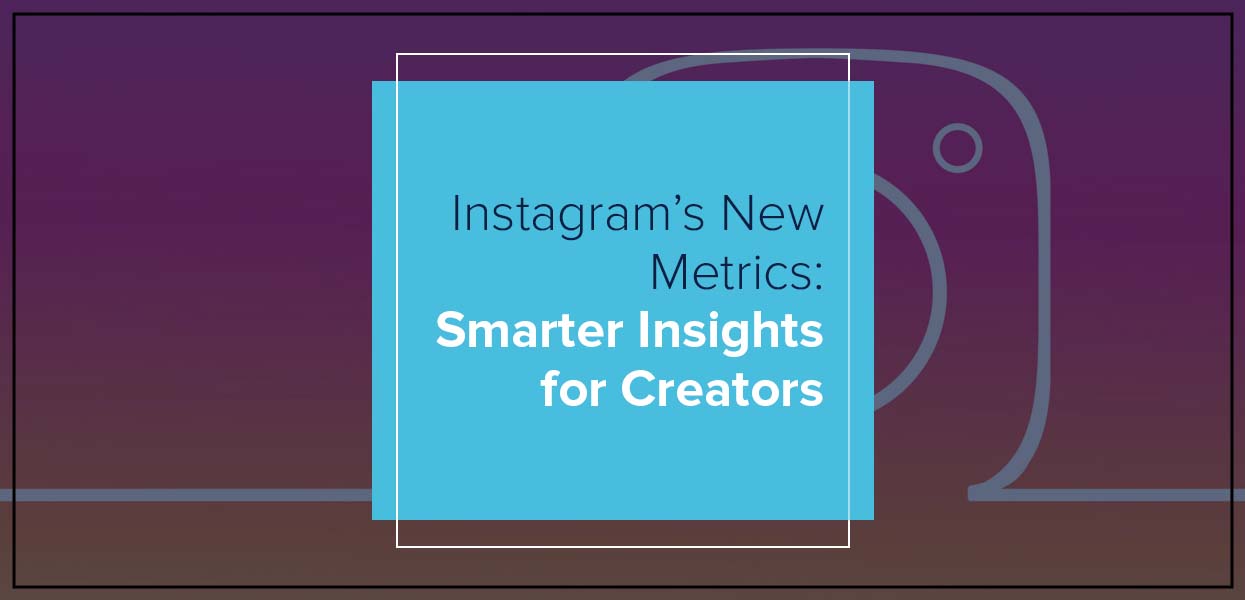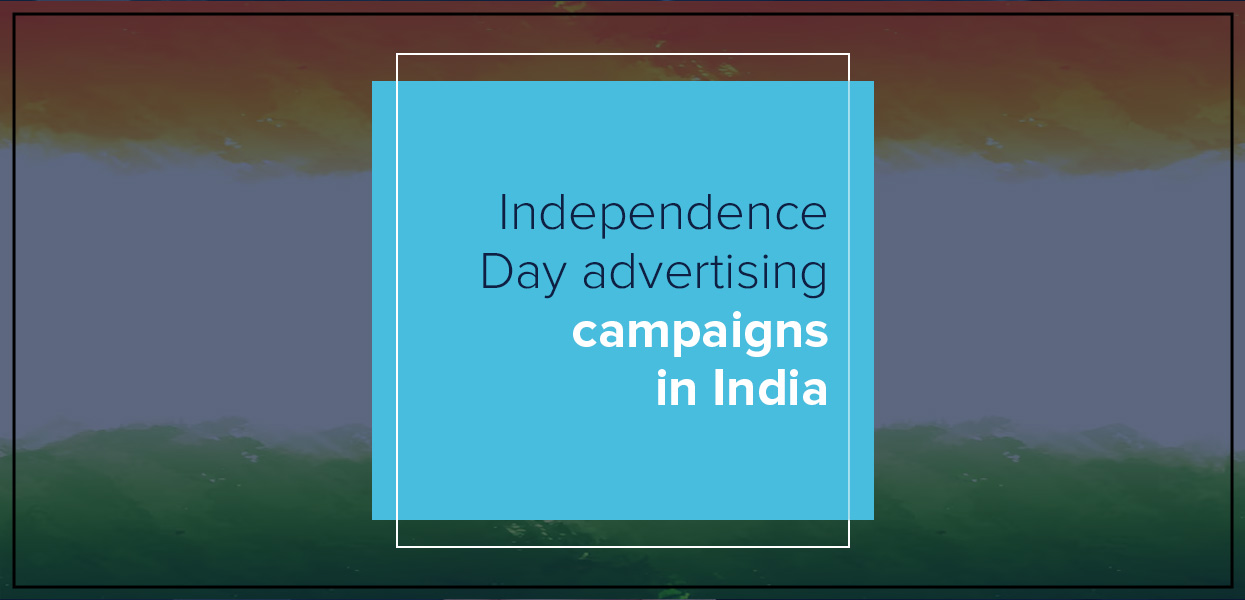How to do Google Ads competitor analysis

In the fast-moving world of digital marketing, success isn’t just about launching ads — it’s about staying ahead of your competitors. If you’re investing in Google Ads, you’re likely in a competitive space where others are targeting the same audience. To gain an edge, one of the most effective strategies is conducting Google Ads competitor analysis.
By uncovering what your competitors are doing — which keywords they target, how much they spend, what ads they run, and where they’re getting results — you can make more informed, profitable decisions. In this guide, we’ll walk you through everything you need to know to perform a detailed Google Ads competitor analysis and elevate your PPC marketing game.
What Is Google Ads Competitor Analysis?
Google Ads competitor analysis is the process of researching, tracking, and analyzing the paid advertising strategies of your competitors on Google’s network. This includes identifying:
Which keywords are they bidding on
What ad copy are they using
How often do their ads appear
Their landing page experience
Estimated ad spend and impression share
For marketing agencies and in-house teams alike, the goal isn’t to copy — it’s to find gaps, exploit opportunities, and build a stronger campaign with a data-driven digital advertising approach.
Why Google Ads Competitor Analysis Matters
Let’s face it—Google Ads can get expensive fast. And when your competitors are also bidding for the same audience, every click counts. That’s where Google Ads competitor analysis makes a big difference. It’s not just about spying on others; it’s about understanding what’s working in your industry so you don’t waste time (or budget) figuring it out the hard way. You can see which keywords are driving results for them, what kind of ads they’re running, and where you might be missing out. For any business or digital marketing agency, it’s a smart way to fine-tune your strategy and stay one step ahead.
But the real benefit goes beyond just copying others. You’re uncovering real-time data on what your audience responds to—what kind of messaging works, what offers they’re clicking on, and how your competitors structure their campaigns. You can use this insight to craft more compelling ads, avoid wasting money on underperforming keywords, and even discover new segments or product ideas based on what others are promoting.
Let’s say you run an e-commerce brand selling skincare. By doing a Google Ads competitor analysis, you might notice that a competing brand is ranking high for terms like “vegan face serum” or “anti-aging cream under ?999.” Now you know what kind of offers and keywords are trending, and you can act on that. Whether you’re managing your campaigns in-house or working with a marketing expert, these insights help you build smarter, more effective ad strategies.
At the end of the day, Google Ads competitor analysis isn’t about copying—it’s about learning. It’s a tool to help you grow faster, spend smarter, and ultimately get better results from every rupee you put into your ad budget.
Step-by-Step Guide to Conducting Google Ads Competitor Analysis
Let’s break it down into actionable steps that help you turn data into decisions.
Step 1: Identify Your Main Competitors
Start by identifying:
Direct competitors: Businesses selling the same product/service in your target region.
Indirect competitors: Brands bidding on the same keywords but not offering the exact same product.
Use keyword searches on Google and track the advertisers that consistently show up in paid results. Also, explore industry directories and local listings. This step forms the foundation of an effective Google Ads competitor analysis.
Step 2: Use Auction Insights in Google Ads
If you're already running campaigns, head over to Google Ads’ Auction Insights feature. Navigate to:
Google Ads Dashboard ? Campaigns ? Auction Insights
This shows comparative metrics such as:
Impression Share: How often your ad shows versus competitors
Overlap Rate: How often another advertiser's ad received impressions in the same auctions as yours
Position Above Rate: How often their ad ranked higher than yours
Top of Page Rate and Outranking Share
These benchmarks help you understand where your PPC marketing efforts stand.
Step 3: Research Competitor Keywords in Detail
Keyword analysis is the backbone of Google Ads competitor analysis. You want to find:
The most profitable keywords
High-volume, low-competition keywords
Branded keywords (competitors bidding on each other’s names)
Keyword gaps (keywords your competitors rank for that you don’t)
Tools like SEMrush, Ahrefs, and SpyFu provide a treasure trove of insights. Type in your competitor’s domain and discover their top-performing keywords, CPC estimates, and traffic volume. For any marketing agency, this is vital when planning scalable campaigns.
Also, take a look at negative keywords; they might be ignored — this can help you prevent budget waste.
Step 4: Examine Competitor Ad Copy and Extensions
Now that you know which keywords they're targeting, check out the actual ad content they’re using:
Headline formats
Call-to-Actions (CTAs)
Benefits offered
Emotional triggers
Use Google’s Ad Preview Tool or platforms like SpyFu and SEMrush to browse real-time ad copies. Look for patterns like “Free Shipping,” “Limited Offer,” or “Book a Free Demo.”
Don’t forget to check for ad extensions. Competitors using sitelinks, callouts, and structured snippets are offering more reasons for users to click. As a digital marketing expert, tweaking extensions can lead to major CTR gains.
Step 5: Analyze Competitor Landing Pages
You can’t talk about Google Ads competitor analysis without checking where their ads lead.
What to look for:
Message Match: Does the landing page reflect the ad’s promise?
Speed and UX: Is the site fast and easy to navigate?
Design Elements: Clean layout, strong visuals, and clear CTAs
Form Design: How long does it take to convert?
Trust Signals: Customer reviews, guarantees, certifications
Use tools like BuiltWith and PageSpeed Insights to study landing page technologies and performance. This level of audit ensures your digital marketing strategy is aligned from click to conversion.
Step 6: Study Their Ad Schedules and Devices
Understanding when and where your competitors are advertising is just as important as knowing what they’re saying. This step in your Google Ads competitor analysis can reveal untapped opportunities and help you use your ad budget more efficiently.
Many brands, especially those running ads in-house, fall into the trap of running campaigns 24/7, thinking more exposure equals better results. But smart advertisers, especially seasoned marketing agencies, know timing and device targeting can make or break a campaign.
Using analytics and competitive tools like SEMrush, Ahrefs, or Google Ads Auction Insights, you can gather insights into:
Are they running ads during business hours only?
Some companies keep a 9–5 ad schedule, especially if they rely on customer support teams or phone-based conversions. This may hint at a high-value B2B offering or service-based business model.Are they more aggressive on mobile or desktop?
If you notice a competitor pouring budget into mobile impressions, it could suggest a mobile-first audience or app-based user journey. Conversely, desktop-heavy ads may point to longer decision cycles or detailed research behavior.Do they run weekend promotions or flash sales?
Ads popping up aggressively on weekends might signal special campaigns or limited-time offers. This insight can help you plan your own sale periods and anticipate spikes in auction competition.How frequently do they appear during high-traffic hours?
You may find that some competitors go all-in during early mornings or late evenings—perhaps targeting people browsing before work or after dinner. Aligning your schedule with this behavior (or avoiding these slots to reduce CPC) can help stretch your marketing spend.
By mapping out these patterns, you can better structure your own ad schedule to align with user intent and competitor behavior. This not only improves your PPC performance but also allows for smarter bidding strategies.
Ultimately, the goal is to show up when your audience is ready to act, not just when it’s convenient for you. And understanding your competitors' timing and device strategies gives you a massive edge in doing just that.
Step 7: Check for Display and Retargeting Campaigns
Are your competitors following users around with ads?
Use tools like SimilarWeb or WhatRunsWhere to:
Discover banner ad placements
Analyze visuals and messaging used
See which websites their display ads appear on
Understand their retargeting funnels
Digital advertising success isn't just about first impressions — it’s about building familiarity, especially in high-ticket or B2B industries.
Step 8: Estimate Their Ad Spend and Traffic Value
While exact numbers are hard to pin down, platforms like SEMrush, SpyFu, and Ahrefs give budget estimates.
Monthly ad spend estimates
Top-performing ads
Traffic value based on CPC
A rough gauge of how much your competitors are investing can inform your own budget decisions. For Google Ads service providers, this data is often used in performance pitch decks.
Step 9: Monitor Brand Mentions and Reviews
Your competitor’s reputation affects their ad performance. If they’re offering a similar product but have poor reviews or weak messaging, that’s your opening.
Track:
Online reviews (Google, Trustpilot, G2)
Social media sentiment
Influencer mentions
A well-positioned brand with consistent messaging often enjoys lower CPCs and higher conversions.
Step 10: Regularly Track and Adjust Your Strategy
Google Ads competitor analysis isn’t a one-and-done task. It’s a continuous process. Set aside time every month to:
Re-check keyword rankings
Review ad copy updates
Compare performance metrics
Use tools to set alerts when your competitors launch new ads or increase spending. This keeps your digital marketing strategy proactive rather than reactive.
Additional Tips for Smarter Google Ads Competitor Analysis
Spy on Local Competitors: If you're a local business or managing one, competitors in the same city may not show up on global databases but can still outrank you.
Use Google Alerts: Set up alerts for brand names and keywords to track changes as they happen.
Don’t Just Copy — Innovate: Use your insights as inspiration, not a blueprint.
Leverage A/B Testing: Split test variations of the best-performing competitor ad types.
Reverse Engineer Their Funnel: From ad to thank-you page, map out their customer journey.
How Marketing Agencies Use Google Ads Competitor Analysis
A top-tier marketing agency doesn’t just launch ads—they launch strategy-driven campaigns with clear competitive insights behind every move. Whether it’s a boutique digital firm or a full-scale advertising partner, agencies that deliver results understand the power of Google Ads competitor analysis.
Here’s how smart agencies use this data to drive client success:
Client Onboarding:
Before running a single ad, agencies study the competitive landscape to identify gaps, missed keyword opportunities, and potential red flags. This research helps set expectations, define audiences, and tailor campaigns to a client’s unique position in the market.Campaign Pitching:
Great pitches are built on data. Agencies often use competitor research to justify recommended budgets, targeting choices, or creative concepts. When a client sees how their rivals are spending—and what’s working—they’re more likely to trust the proposed strategy.Performance Benchmarks:
Instead of guessing, agencies use competitor data to set realistic KPIs. Knowing what CTRs, CPCs, or conversion rates are typical in the niche allows for smarter goal-setting and more transparent reporting.Market Positioning:
In saturated industries, sounding and looking different is essential. By analyzing ad copy, extensions, and landing pages used by competitors, agencies create campaigns that stand out, or blend in.
But it doesn’t stop at setup. Agencies continuously revisit Google Ads competitor analysis to evolve strategy. Trends change. Competitors pivot. Algorithms update. Staying on top of what others are doing means agencies can proactively adjust bids, swap underperforming keywords, test new offers, or shift messaging before campaigns plateau.
For agencies, this kind of analysis becomes second nature. It’s how they ensure that every ad dollar spent is more effective than the last, helping clients not just compete, but lead.
Final Thoughts
With competition growing fiercer every quarter, a reactive PPC strategy just won’t cut it. Proactive Google Ads competitor analysis allows you to identify profitable gaps, refine messaging, and deliver stronger ROI, whether you're handling it in-house or working with a digital marketing agency.
The smarter your insights, the sharper your ads. And in the world of digital advertising, sharpness equals performance.
Turn Competitor Data Into Strategy With Uniworld Studios by Your Side
Whether you’re scaling a local business or managing enterprise-level Google Ads services, this process gives you a measurable advantage that keeps your brand top of mind and top of search.
Categories
- Digital Marketing
- Website Development
- Graphic Design
- Content Writing
Latest Posts
-
- Essential Marketing & Advertising Keywords 2025



